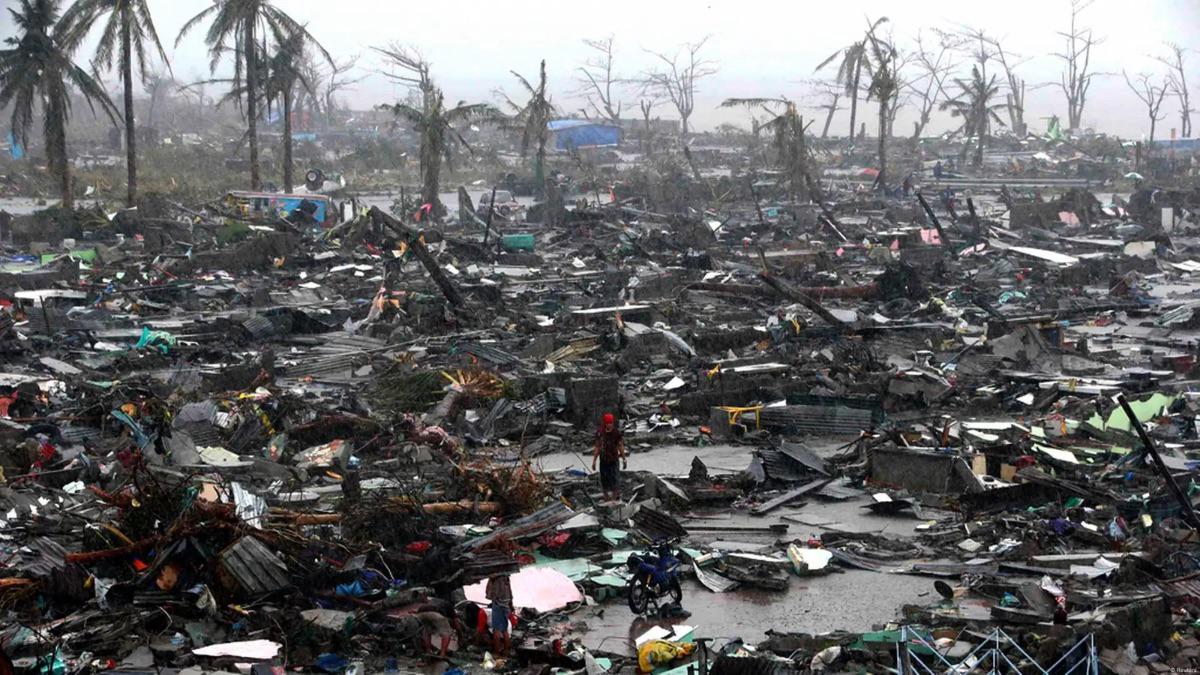 Image Credits: DW
Image Credits: DW
Typhoon Haiyan has unleashed its fury across Vietnam, resulting in the tragic loss of more than 35 lives and causing widespread destruction. The powerful storm, which has been one of the most formidable weather events in recent years, has wreaked havoc on the Southeast Asian region, with its effects also felt in neighboring countries, including Japan.
Typhoon Haiyan, known locally as Yolanda, made landfall in Vietnam after sweeping through the Philippines with unprecedented force. The typhoon brought with it torrential rain, ferocious winds, and flooding, which have devastated large swathes of northern and central Vietnam. Entire communities have been submerged, infrastructure has been severely damaged, and thousands have been displaced. The scale of the destruction has prompted an urgent humanitarian response, with international aid agencies mobilizing to provide relief and support to those affected.
The Vietnamese government has declared a state of emergency in the hardest-hit areas and is working to coordinate rescue and recovery efforts. Emergency services are facing significant challenges as they navigate the wreckage and attempt to reach those stranded by the floodwaters. Local authorities have warned of the potential for further casualties as the situation continues to evolve and the full extent of the damage becomes clearer.
In Japan, the impact of Typhoon Haiyan has been closely monitored, with weather experts and government officials expressing concern over the storm’s trajectory and its potential implications for the region. While Japan is not currently in the direct path of the storm, there are ongoing assessments of how the remnants of Typhoon Haiyan might affect weather patterns and preparedness measures in Japan.
Japanese Prime Minister Fumio Kishida has extended condolences to the Vietnamese people and pledged support in their time of need. “Our hearts go out to those affected by this tragic event,” Kishida said in a statement. “Japan stands ready to offer any assistance necessary to support Vietnam’s recovery efforts.”
The storm’s impact on Vietnam serves as a stark reminder of the growing frequency and intensity of extreme weather events linked to climate change. As the region grapples with the aftermath, the international community’s solidarity and support will be crucial in helping the affected areas rebuild and recover. The ongoing situation highlights the need for continued vigilance and cooperation in addressing the challenges posed by natural disasters.
